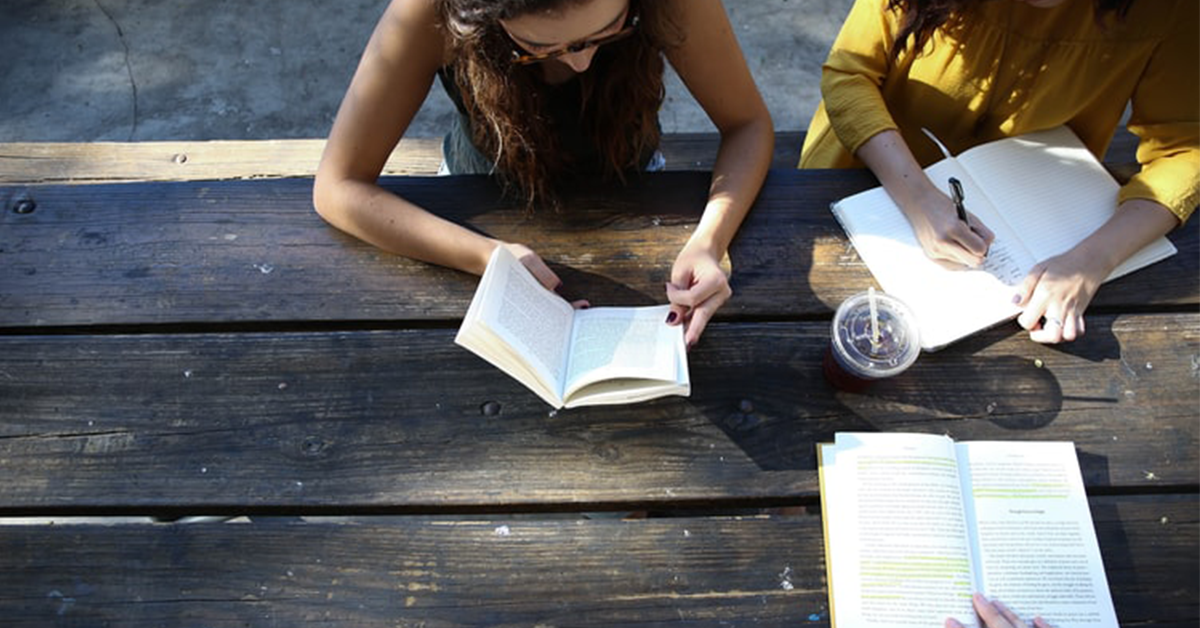
Image source: unsplash.com
Why do we need to learn?
Learning is an important aspect of growth. We cannot truly grow unless we are ready to learn. Traditionally, we have limited learning only to the ones that’s being taught in institutes or schools. Learning changes the knowledge level, attitude, or behavior of the learner. A learner can learn from experience, observations, or even from peer groups.
However, studies suggest that learning from your circle or peer group has a lasting impact on you. To understand it better let’s dive a little deeper into the subject.
What is peer-to-peer learning?
As we established already that learning and growth go hand-in-hand, let’s understand what peer-to-peer learning is. As the name suggests, Peer learning is that process where students or trainees learn from each other. This process is induced through various learning activities such as workshops, study groups, and group work, etc.
Stanford University suggests that peer-to-peer learning is not a single strategy. It includes broader modes of activities where students learn from each other and this method allows the students to understand a particular topic or subject from various perspectives which helps them to even their soft skills alongside domain knowledge.
How can this be implemented?
There are several ways that this can be implemented. The possibilities of learning through peers are endless and effective without a doubt! Some of the popular modes of peer-to-peer learning are:
-
Mentoring:
When students get mentored by their seniors they learn to approach a subject through a different medium. As the seniors share their experience, the students learn what to do and what not to do while approaching a particular problem or a puzzle. This also encourages innovative ideas among students.
-
Learners teach learners:
This is an effective mode of learning. When a student teaches another, it not only engages the students but also tests their understanding of the subject. Some of the examples can be found among music students where they collaborate with other students and pitch in their creativity.
-
Study Groups:
Group learning does not only encourage the learning process but also helps the students to work as a team to solve a particular puzzle or a problem. Teamwork is one of the soft skills which can be learned only through experience.
-
Action Groups:
The small group of people working on current and important topics where they share their thoughts, actions, questions, etc. They learn faster as this method is goal-oriented and the tasks assigned will help the students to think out-of-the-box.
-
Study Groups:
A common topic is assigned to this group where the students individually learn and research about the topic in hand and present their understanding of the same. When the students share their insights with the group, a discussion ensues where various point-of-views are put forward for the students to learn more.
What are the benefits of Peer Learning?
Many prestigious universities such as Harvard, Stanford, Cornell, etc have incorporated this method. The experts have found this method to be effective and students learn way more than just lessons. Peer learning aids the overall development of a student. Here are a few more benefits that were observed when peer learning is implemented:
-
Students bond with peers more and get a personalized learning experience.
-
Students actively engage when they interact with other students.
-
Students understand the subject/topic well when they try to teach it to their peers.
-
Students are more comfortable with their peers than teachers and can voice their opinions or thoughts without holding back.
-
Students who are in equal positions could connect better.
-
Students not only share their understanding with them but also their skills which will encourage teamwork and leadership alike.
Key Takeaways:
Peer learning is one of the best learning techniques which can get the students to engage and actively participate in the activities with their peers. Rather than the student-teacher exchange, peer-to-peer learning has more to offer and can accomplish more. Teachers must encourage students to engage amongst themselves which will help them to develop skills that will help them in the long run.
